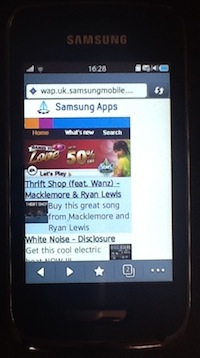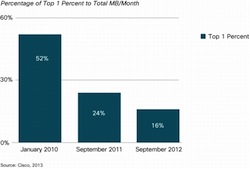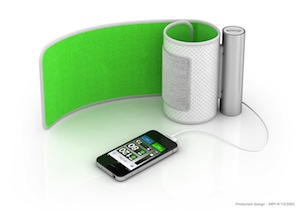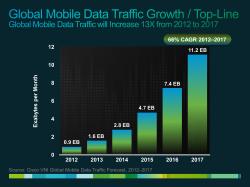Mobile OS buzz for some, deafening silence for others
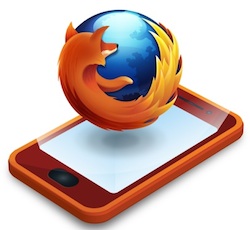
Firefox hasn’t quite landed yet.
Firefox has sharpened the debate over prospects for HTML5. The open source, connectivity-centric mobile operating system developed by the Mozilla Foundation gained a lot of attention at the Mobile World Congress in Barcelona. Sceptical attention, mostly.
When the OS landscape is so thoroughly dominated by two superpowers – Apple and Google – it’s risky to bet on a challenger. Several mobile carriers expressed support, but manufacturers lagged behind. Geeksphone, a small Spanish company, had demo units to show at Barcelona, but missed its February ship date for SDKs.… More

